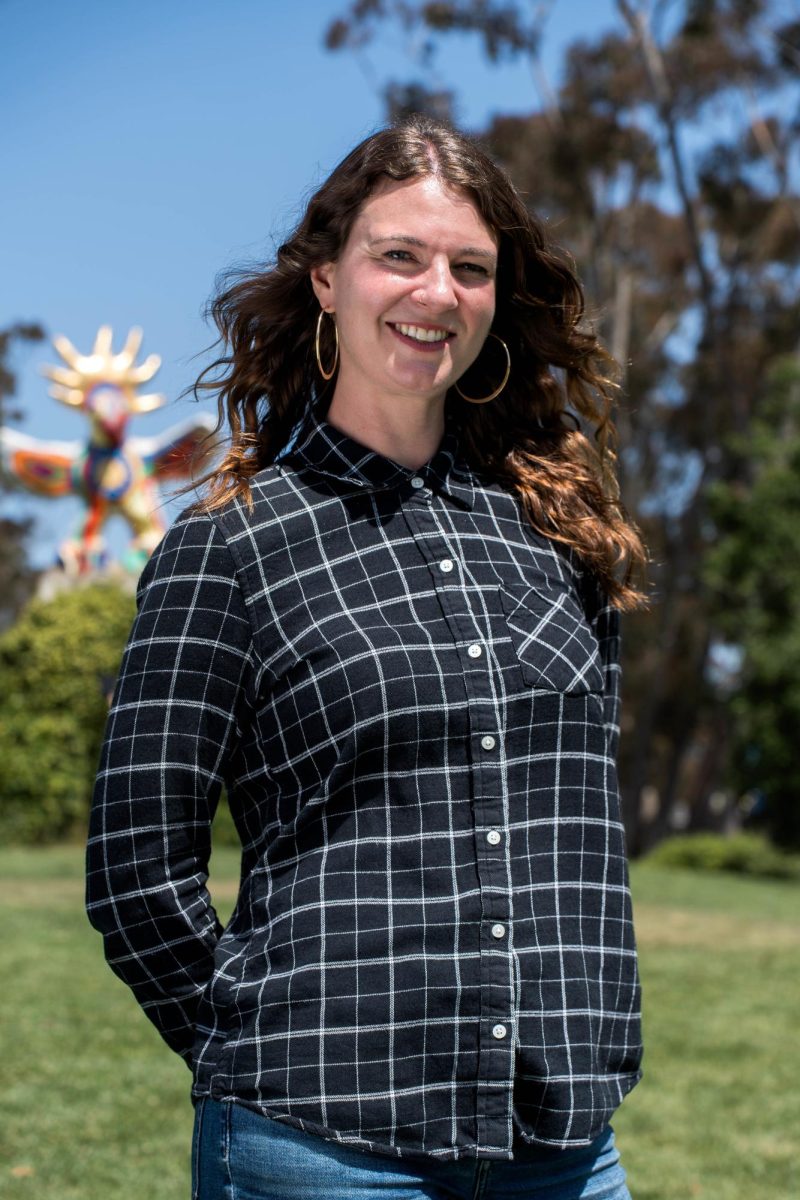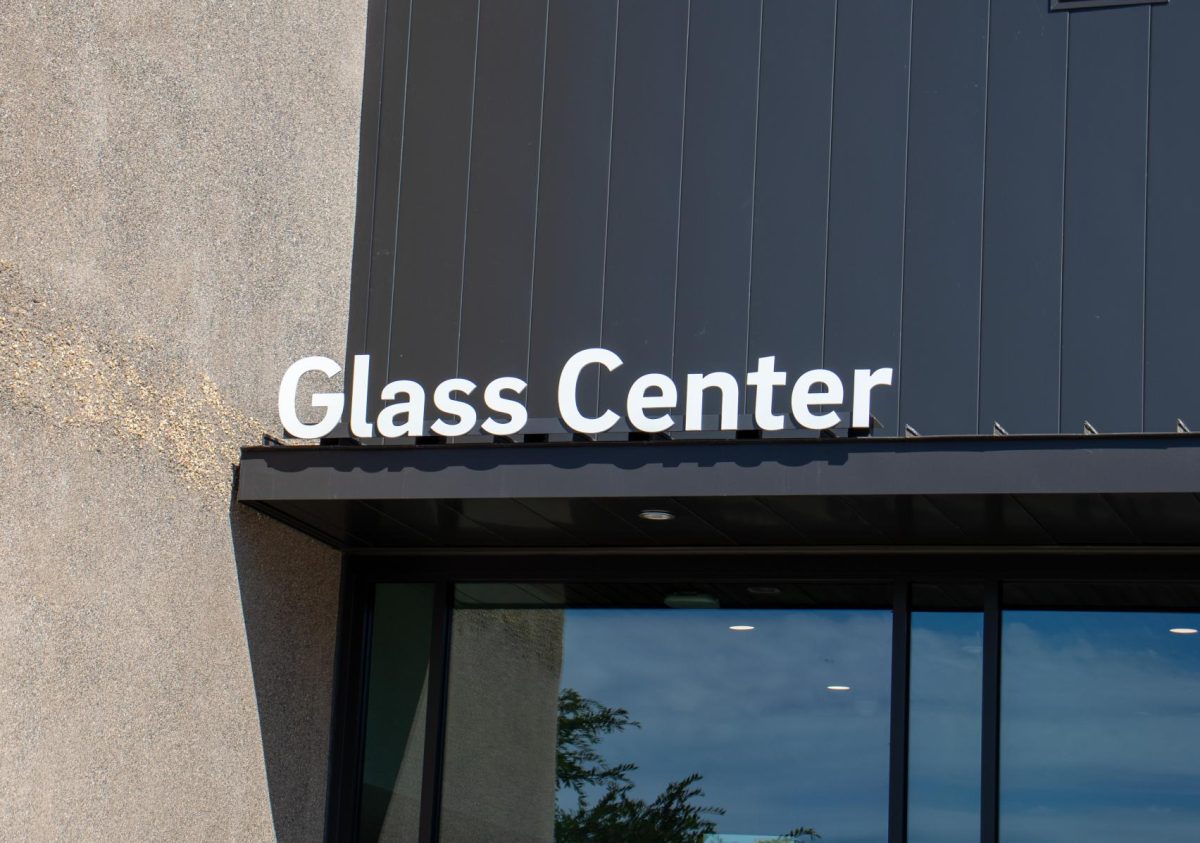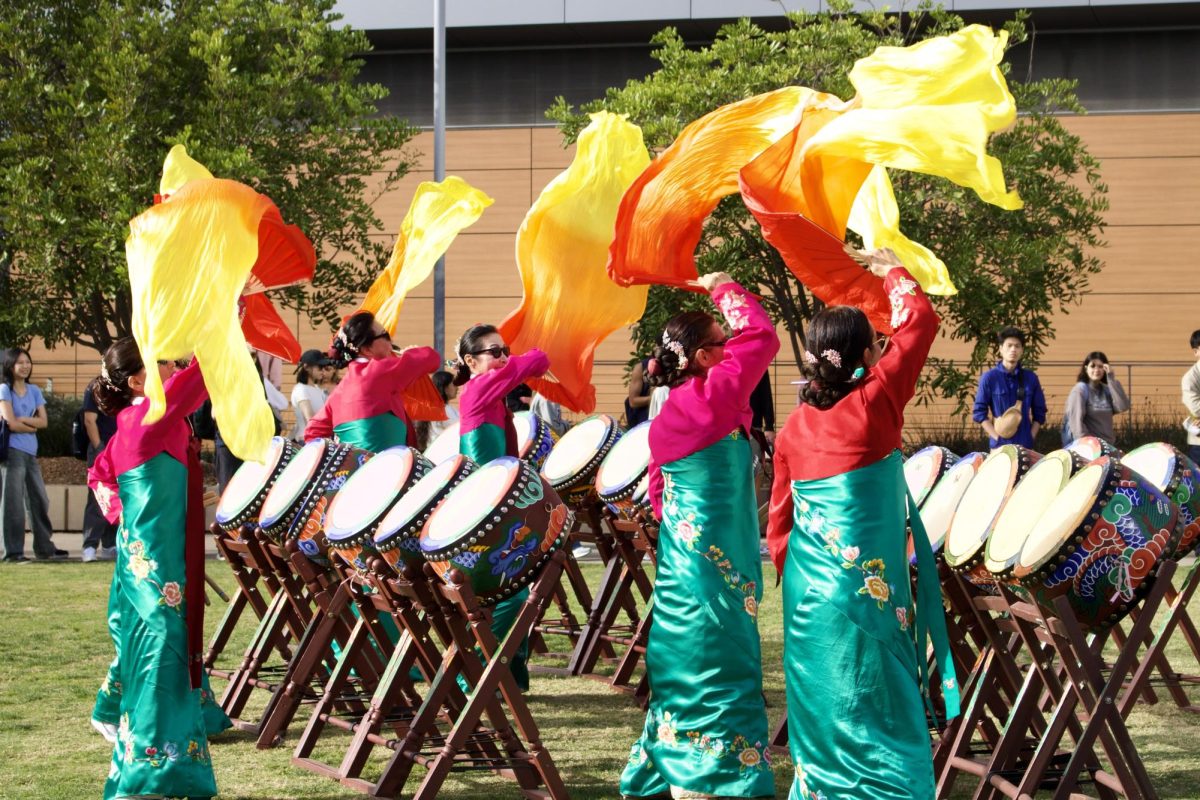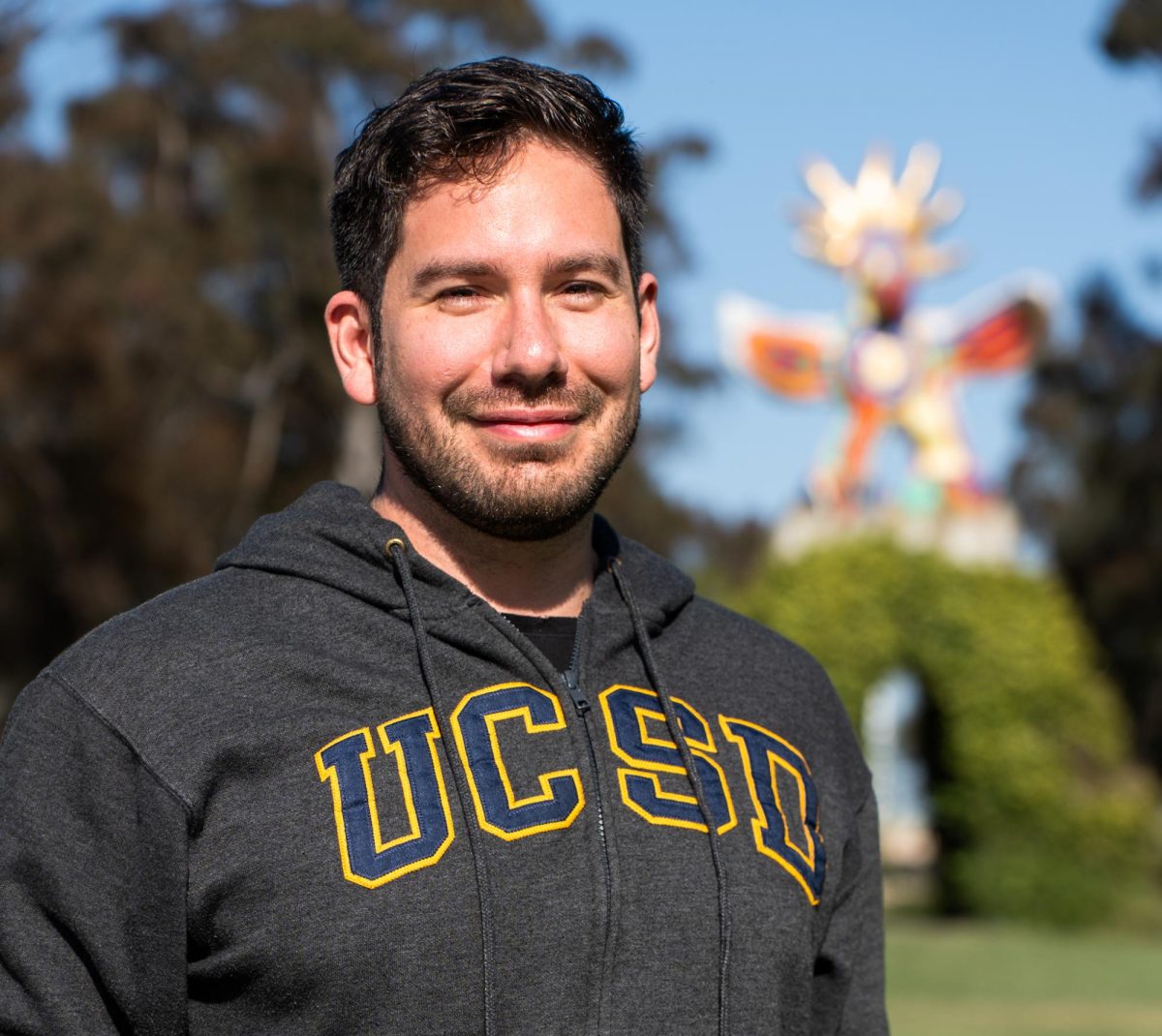This past week, I had the opportunity to sit down with Kerry Keith, a seventh-year Ph.D. candidate at UC San Diego’s department of communication. During our conversation, she explained her research on the quieter forms of resistance in California state prisons. She primarily focuses on prisoner movements from the mid-20th century to the present.
Keith’s introduction to prison abolition work began as an undergraduate student at UC Santa Cruz, where she led weekly creative writing workshops at a local county jail.
“We were a cadre of like-minded people who were thinking about the limitations as well as the coolness of what we were doing,” Keith said. “That’s where I would say I originally got into thinking about prisons as sort of this crux of multiple injustices, and then this topic specifically.”
Her initial research — which began in 2018 as a Ph.D. student working on her qualifying exam — focused on New York City’s Rikers Island jail system. She later expanded her work to California prisons, analyzing environmental toxicity in carceral spaces — including hazards like arsenic in drinking water, broken infrastructure, and occupational risks in prison fire camps.
However, as Keith delved deeper into her research, she realized her genuine interest lay not only in how incarcerated people endured these harsh conditions, but also how they responded to them.
Her dissertation examines three case studies, each focusing on a distinct method of resistance. The first explores infrastructural sabotage as resistance, examining how the act of flushing objects through plumbing systems, long dismissed by officials as a nuisance, became a form of subversive agency. In 2015, the Department of Corrections overlooked the intent behind clogging water systems with objects like bedsheets and dentures. However, Keith’s investigation revealed that these acts were not just mischief but rather a form of nonviolent protest against imprisonment.
The second case study uses archival research to investigate the methods by which formerly incarcerated authors Caryl Chessman and George Jackson published their revolutionary manuscripts behind prison walls between 1950 and 1971. Their writing — which was published despite heavy surveillance — became a symbol of resistance against capital punishment and inmate segregation based on race, class, and gender.
Her third case relies on oral history interviews, primarily examining the 2011 and 2013 California prison hunger strikes. Keith focused on Short Corridor Collective — a group of incarcerated individuals primarily housed in Pelican Bay State Prison who mobilized the strike — studying their communication channels to examine how they grew the movement to 30,000 participants.
Keith acknowledged that her research also comes with challenges. “You are constantly met with people you cannot see,” she said. “I am not incarcerated, and I have never been incarcerated, so there’s things I will just never know.”
Her research process is a constant cycle of asking questions, discovering answers, and then re-evaluating her approach. Based on her case studies, Keith concludes that resistance inside California prisons is much more than the general public’s perception. Instead, these acts are deliberate tactics to undermine the prison infrastructure, challenging the system’s attempts to control the narrative and conditions of confinement.
“There’s so much work done on the prison industrial complex, on mass incarceration, on racism, sexism, classism, ableism, and heteropatriarchy — all these things that structure [why] the prison looks the way it does,” she said.
Keith noted that the main thing she wants readers to learn from her dissertation is that people inside the prison system are engaging in “creative clandestine resistance,” even under the harshest conditions of duress. She hopes that their methods can help inform those concerned with dismantling these institutions of violence by revealing weakness in carceral systems and offering practical insights on their oppressive structures.
When I asked Keith about what actions students can take, she said, “Be kind to those around you. Be kind to yourself. Empower people to be critical thinkers. Resist the forces of capitalists and colonial ideology that are pressing upon us every day, every waking second.”








